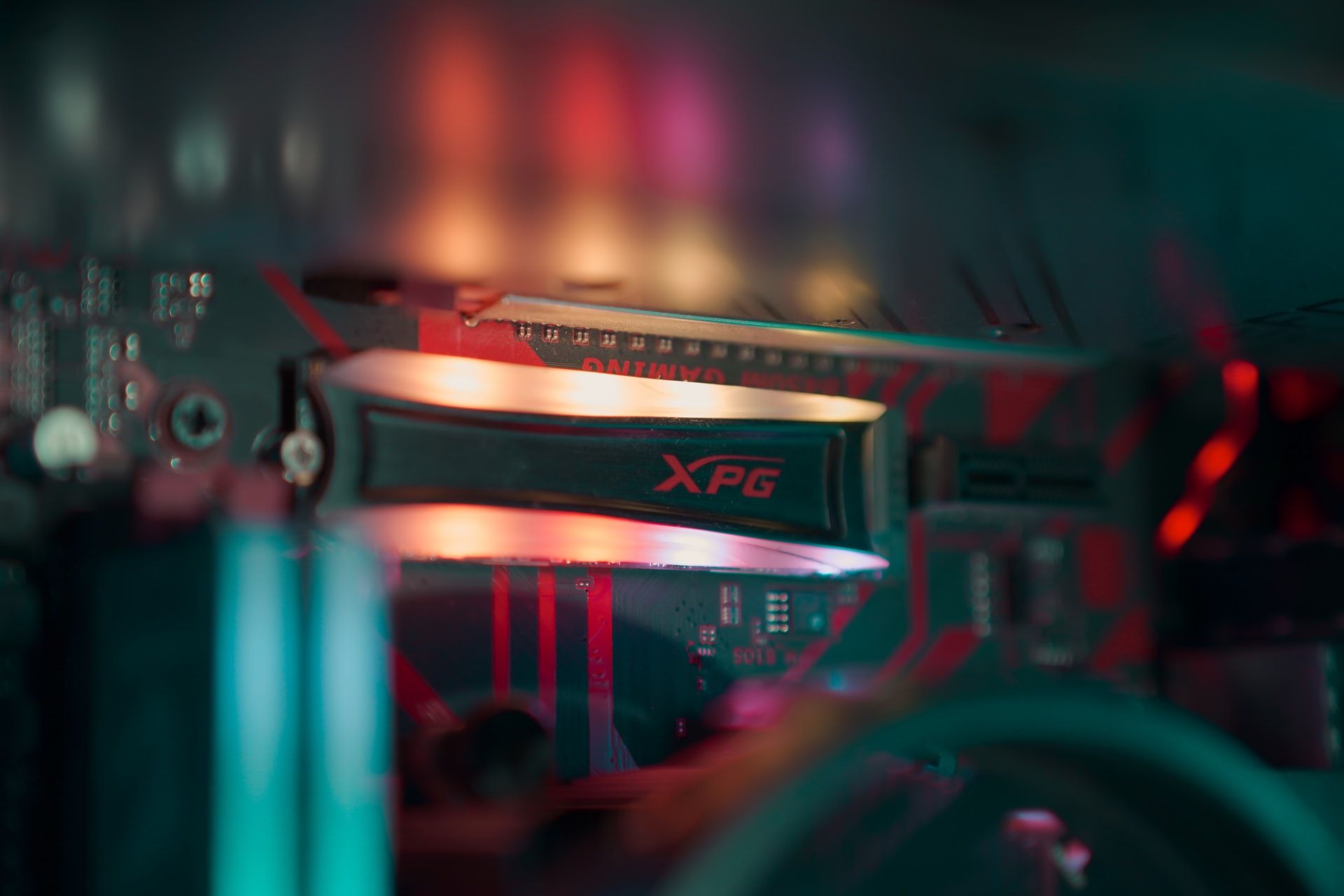IDCA News
All IDCA News
4 Apr 2022
Data centers can reduce their energy consumption through the use of SSDs, but it is more complicated than it seems
Since SSDs were introduced, we've heard that they use less energy in a data center than traditional hard drives. The benefits of using SSD are not always obvious though, since many factors must be considered.
Comparison
Due to the lack of mechanical components, SSDs require less energy than hard drives. However, SSDs need to perform certain operations such as managing memory cells and updating memory states in order to remain ready for use, so when idle they consume just as much power as hard drives. Their power consumption in operation mode is significantly higher than that of HDDs. While a fourth generation PCIe SSD from - for example - KIOXIA has an active power consumption of up to 21 watts, an Enterprise HDD with 7,200 revolutions per minute requires less than half that.
Performance issues
However, this disregards the performance of the two storage media. As opposed to the SSD, which can achieve up to 1.4 million IOPS with its 8 to 12 watts, a hard drive provides only a few hundred IOPS. Therefore, SSDs are far more energy efficient than hard drives in active use.
With a given workload, they provide data much faster and therefore operate for a shorter period of time, with maximum power consumption at full load. As an example, some SSDs move data at 6,900 MB per second and only need 72 seconds for a 500 GB file, which equates to 0.4 watt hours of work at a maximum power consumption of 21 watts. The real power consumption is a bit less for sequential reads. Hard drives, on the other hand, require approximately 28 minutes to transfer the 500 GB and convert 4-watt hours with a power consumption of 9 watts. In this example the SSD is ten times more energy-efficient.
Random access is another advantage of SDDs. As compared to a typical Enterprise HDD with approximately 250 IOPS, a SSD with 1.4 million IOPS is 2,400 times more energy efficient.
Cooling requirements
SSDs also have advantages regarding cooling because of their high performance. An SSD of the latest PCIe generation has a higher absolute cooling requirement in active operation at full load than an HDD in the same period of time. Although, the hard drive would take significantly longer to transfer a file or to achieve a certain amount of IOPS, and therefore, it would need to be cooled over a longer period of time, requiring higher cooling capacity.
The latest Enterprise SSDs are increasingly using Enterprise & Data Center SSD Form Factors (EDCSFFs), in which the flash memory modules have better access to cooling airflow than a classic 2.5-inch form factor. As a result, waste heat can now be better dissipated, resulting in more efficient cooling of the increasingly powerful storage media, and it is yet another small step on the way to making data centers climate neutral by 2030, as the EU requires.
Photo credit: Onur Binay
Follow us on social media: